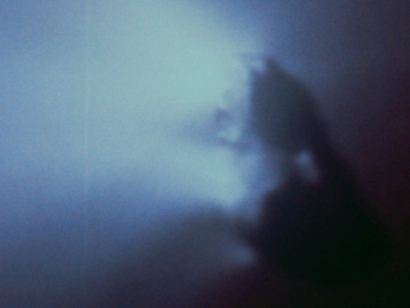Next, we get a little closer to home. We all know that comets are chunks of slush which boil as they approach the sun, outgassing big, steaming clouds which are then blown back by the Solar Wind to form the tail.
As y’all regular readers would have long ago guessed, there are... a number of problems for this view. In fact, if you look at just the images and text published by JPL’s Photojournal about Comet Borrelly, you will quickly conclude that the traditional view of how a comet works is, well, more than a little crazy, because:
- the ejecta are in thin, well-defined jets from a few spots on the surface, not all over it;
- the ejecta typically aren’t from the side facing the Sun;
- several comets have been seen with multiple tails (one image of Halley shows it with seven of them);
- the comets so far seen are not spheroid, as you would expect if they were (re-)formed by the condensation of ejecta, but elongated;
- the ejecta jets are typically offset, the majority coming from one end of the comet;
- the tail stays together, doesn’t get dissipated by turbulence as you would expect wind to do to it;
- the coronal tail is typically not centered on the comet, but offset some considerable distance to one side;
- the solar wind slows noticeably as it approaches the comet;
- the tail whips around too quickly at periastron for a phenomenon produced by gas pressure.
...and probably more. So, the conventional view of comets, it seems, is also a bit of a duffer.
I also wanted you to see this excellent image of Jupiter’s moon IO:
This was taken by Galileo while Io was in eclipse. Colourful, no? There’s also an interesting snippet in JPL’s associated commentary: “The green and red emissions are probably produced by mechanisms similar to those in Earth's polar regions that produce the aurora, or northern and southern lights. Bright blue glows mark the sites of dense plumes of volcanic vapor, and may be places where Io is electrically connected to Jupiter.”


Comments